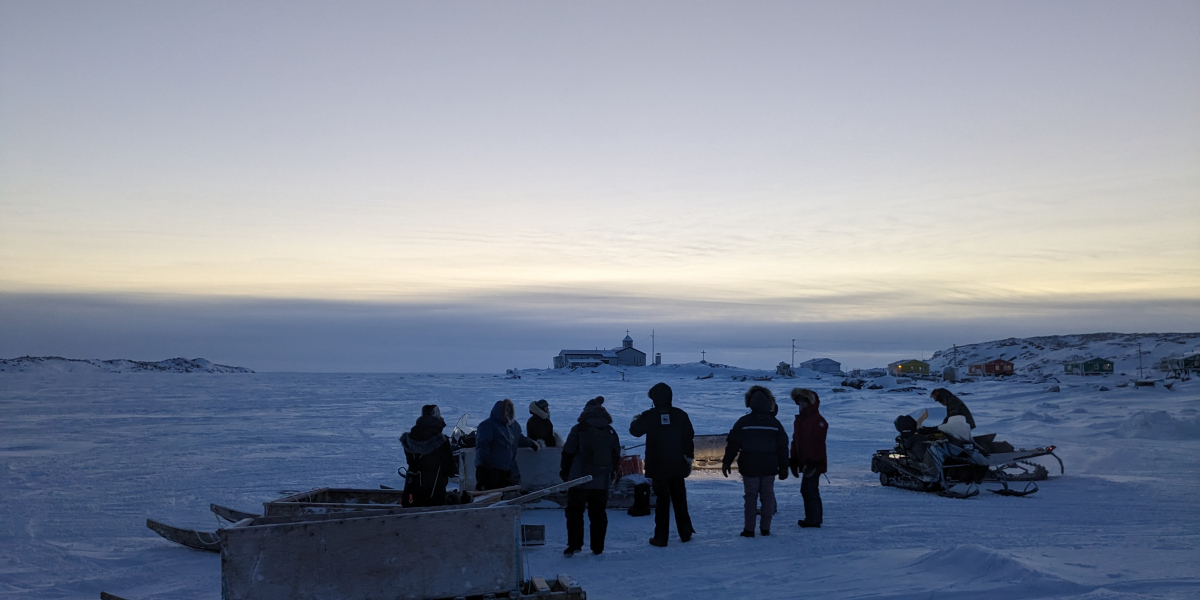
By Talha Awan
Indigenous Guardians steward the traditional lands of Indigenous Peoples in Canada. They monitor and protect ecosystems, support community resilience and preserve deep cultural connections to natural landscapes, among many other benefits. Studies have found that every $1 invested in Guardians programs generates $2.5 in social, environmental and economic returns. As we near the end of National Indigenous History Month, this post explains why investing in the Guardians and their services is a cost-effective way to conserve nature, preserve Indigenous traditional knowledge and strengthen Indigenous communities.
Funding for Indigenous Guardians should continue to grow
Canada’s Indigenous Guardians program launched in 2017, with the federal government investing $25 million over four years (2018-2022) to support a pilot program with more than 80 initiatives across the country. Budget 2021 built on this initial investment with up to $100 million over five years (2021-2026) to support new and existing Indigenous Guardians initiatives.
In April 2025, the Liberal Party of Canada announced that, as part of its plan to protect Canada’s natural environment, it would bolster Indigenous stewardship by establishing a new Arctic Indigenous Guardians program. Budget 2025 offers a strategic opportunity to follow through on this commitment by expanding the Indigenous Guardians program to new regions, such as the Arctic, and building capacity and long-term support in existing initiatives.
The upward funding trend between the first two phases of the program could see up to $400 million in funding for the program from 2025 to 2030. Based on the numerous benefits that Indigenous Guardians deliver, the government should aim to maximize funding in Budget 2025 to maintain the program’s many positive impacts for people, the economy and the environment.
Source: Government of Canada
The potential return on investment makes a big funding influx worthwhile
Our research on the Aqviqtuuq Guardians in Taloyoak, Nunavut, and other Guardians programs across Canada’s Arctic highlights the returns on investment from collecting valuable ecological data through activities like assessing biodiversity health and identifying areas in need of greater attention for conservation to creating jobs and delivering income in communities with sparse employment. Guardians can also improve local food security by harvesting country food and making it available for community members, especially more vulnerable ones, like the unhoused, single parents and Elders.
Guardians provide other benefits that are often undercounted in evaluations. They promote sharing and preservation of Indigenous traditional knowledge between Elders and youth, promoting a sense of pride and possibility for the next generation. In times of crisis, Guardians can play critical support roles like monitoring wildfires and running emergency rescue operations. They can also help establish and manage Indigenous Protected and Conserved Areas, which will be critical if Canada is to reach its aim of protecting 30% of lands and waters by 2030.
Seizing the opportunity to deliver lasting impact
To unlock the full potential of Indigenous Guardians, Canada must significantly scale up its investment. These programs deliver outsized environmental, economic and cultural returns, while advancing reconciliation and national conservation goals. Budget 2025 offers a pivotal juncture to match growing momentum with meaningful, long-term support. This is an opportunity that Canada cannot afford to miss.